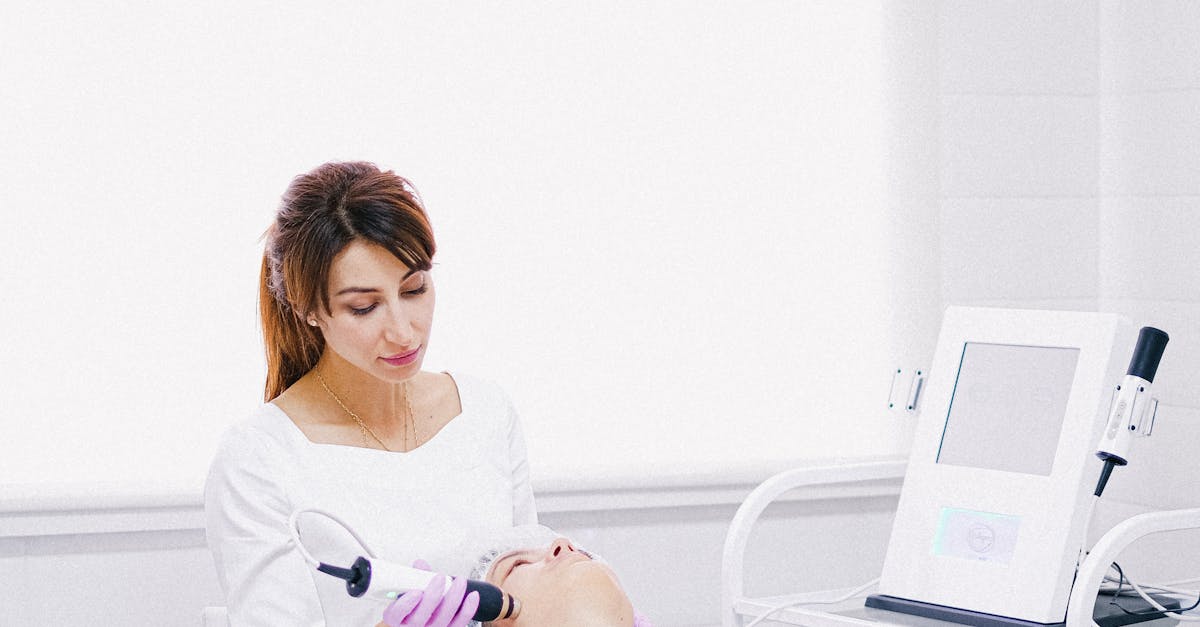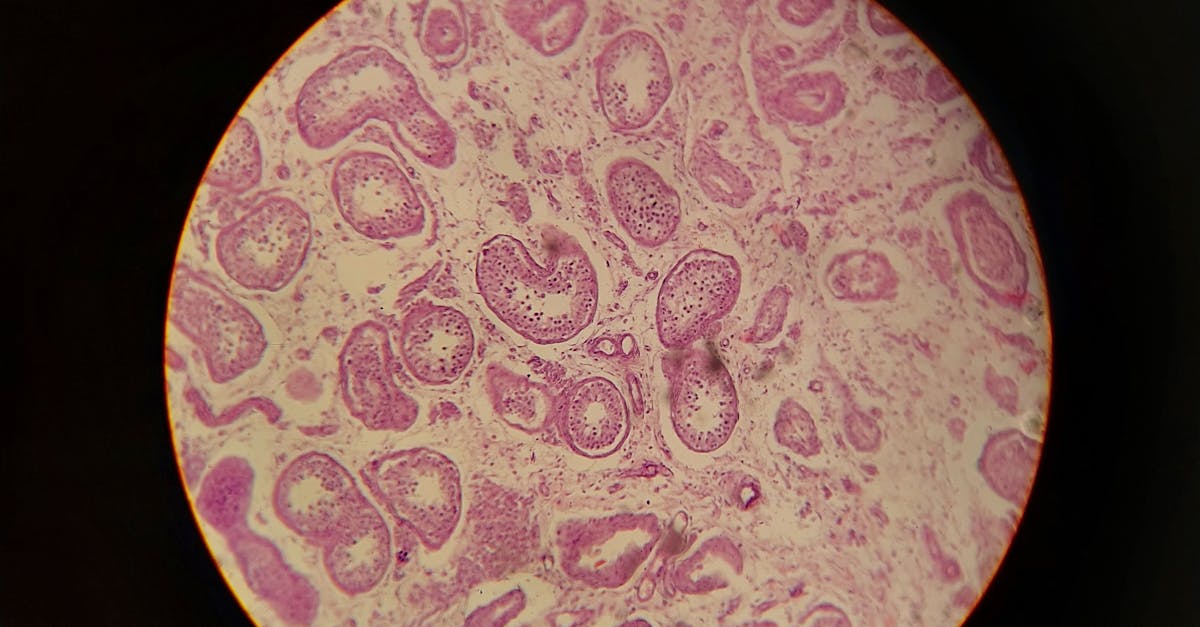The Complete Guide: The Importance of Early Detection of Breast Cancer and the Role of Technology in Enhancing It
Early detection of breast cancer is one of the most crucial preventive health measures today. It's not just a routine procedure; it's a critical step that significantly increases cure rates and reduces mortality associated with the disease. Its power lies in its ability to detect abnormal cells or tumors in their initial stages, often before any clear symptoms appear, giving patients a golden opportunity for successful treatment with minimal surgical intervention. With medical advancements, managing these screenings and their follow-ups has become an integral part of comprehensive healthcare, a process where modern systems like Tadawi contribute effectively.
Why is Early Detection of Breast Cancer a Cornerstone of Healthcare?
The paramount importance of early detection lies in its direct impact on treatment outcomes and survival rates. Medical studies and statistics indicate that discovering breast cancer in its early stages increases the chance of a full recovery to over 90%, and in some cases, up to 98%. This high percentage confirms that time is the most critical factor in combating the disease. When a tumor is detected while it is still small and localized, treatment is more effective and less complex, often limited to conservative procedures instead of the extensive treatments required for advanced cases.
The Importance of Early Detection of Breast Cancer Screening
Screening is recommended for all women, but its importance doubles with age or in the presence of specific risk factors, such as a family history of breast or ovarian cancer or carrying certain genetic mutations. Adhering to a regular screening schedule does not prevent the disease, but it ensures its timely detection, completely changing the course of the illness and offering hope for a long, healthy life.

Methods for Early Detection of Breast Cancer: A Comprehensive Guide
There are several screening methods available, and the most suitable choice depends on a woman's age, health history, and risk factors. Each test provides a different view of the breast tissue, and they are often used in combination to achieve an accurate diagnosis. Here are the most prominent methods:
- Mammography: The mammogram is considered the gold standard and most widely used technique for the early detection of breast cancer. It uses a low dose of X-rays to create detailed images of breast tissue, allowing for the detection of very small tumors or microcalcifications that may be the first signs of cancer.
- Clinical Breast Exam (CBE): This is a manual examination performed by a trained doctor or nurse to check for any lumps or abnormal changes in the shape or texture of the breasts and underarm area. It is an important complement to mammography.
- Breast Self-Exam (BSE): A simple procedure that every woman can perform monthly starting from the age of 20. It helps her become familiar with her breasts and notice any changes, such as new lumps, changes in breast size or shape, or abnormal nipple discharge.
- Ultrasound (Sonography): Often used as an additional diagnostic tool after an abnormality is found on a mammogram or clinical exam. It is particularly effective for women with dense breast tissue, where mammogram images can be difficult to interpret.
- Breast Magnetic Resonance Imaging (MRI): Typically recommended for women at very high risk for breast cancer, such as those with a BRCA gene mutation. It is performed annually alongside a mammogram to provide maximum detection accuracy.
- Blood Tests and Liquid Biopsies: These are promising new technologies still under development, aiming to detect tumor markers at very early stages through a blood sample, which could revolutionize future diagnostic methods.
Age-Based Recommendation Table for Early Breast Cancer Screening
Screening recommendations vary based on age and risk level. A clear timeline helps women monitor their health regularly. The following table outlines the general guidelines:
| Age Group | Recommended Screening | Frequency |
|---|---|---|
| From age 20 | Breast Self-Exam (BSE) | Monthly |
| Ages 25 to 39 | Clinical Breast Exam (CBE) | Every 1-3 years |
| From age 40 (average risk) | Mammogram + Clinical Exam | Every 1-2 years |
| High-Risk Groups (e.g., BRCA mutation) | Mammogram + MRI | Annually (may start from age 25-30) |
*Note: These are general guidelines. Always consult a doctor to determine the most appropriate screening schedule based on individual health status.

The Role of Technology in Facilitating the Early Screening Journey: How Does the Tadawi System Contribute?
In modern healthcare, Digital Transformation plays a pivotal role in improving the quality of patient services. Clinic Management is no longer about manually organizing appointments but has become an integrated process relying on smart systems that ensure accuracy and efficiency. This is where the Tadawi system emerges as an effective tool to support early detection of breast cancer programs.
Tadawi offers comprehensive solutions that help clinics and medical centers to:
- Automated Appointment Scheduling: Send automatic reminders to patients for their periodic mammogram appointments, ensuring adherence to the recommended schedule.
- Unified Electronic Medical Record: Securely store all previous test results (mammograms, ultrasounds, biopsies) and doctors' reports in a single digital file, making it easy for physicians to compare results and track any changes over time.
- Risk Factor Management: Accurately record a patient's health and family history, automatically alerting doctors to patients who may need more intensive screening programs.
- Facilitating Communication: Enable seamless communication between different departments (radiology, laboratory, oncology clinic) to ensure coordinated care if further tests are needed.
Enhancing Clinic Efficiency and Reducing Costs with Tadawi
The benefits of using an advanced system like Tadawi extend beyond improving patient care to include the operational and financial aspects of the clinic. By automating administrative tasks, the system significantly helps in reducing clinic operating costs. Its integrated Revenue Cycle Management tools simplify billing and claims processes, ensuring efficient and timely collection of payments. Furthermore, the Insurance Management feature streamlines dealings with various insurance companies and reduces errors in claim submissions, which enhances the financial stability of the healthcare institution and allows it to focus on providing the best possible care.
What Happens After Screening? Understanding the Procedures and Next Steps
It is important to understand that an abnormal mammogram result does not necessarily mean cancer is present. In many cases, the observed changes are benign. However, any abnormal result requires careful follow-up to determine its nature. The next steps may include:
- Additional Imaging Tests: The doctor may request a diagnostic mammogram (which takes images from different angles) or an ultrasound to get a clearer view of the area of concern.
- Biopsy: This is the only procedure that can definitively confirm or rule out cancer. A small sample of the suspicious tissue is taken and sent to a lab for analysis under a microscope.
Screening and diagnostic technologies are constantly evolving to provide greater accuracy and reduce the need for unnecessary invasive procedures, giving patients peace of mind and ensuring they receive the correct diagnosis.

Glossary of Key Terms
For a deeper understanding of the topic, we've compiled a list of important terms related to healthcare management in this context:
- Clinic Management: The comprehensive process of organizing and coordinating all operational, administrative, and financial aspects of a medical clinic to ensure the efficient delivery of high-quality care.
- Revenue Cycle Management (RCM): The financial process that manages claims from patients and insurance companies, from patient registration to final payment collection, to ensure the health facility's financial flow.
- Digital Transformation: The integration of digital technology into all areas of healthcare, from electronic health records to telehealth consultations, aiming to improve efficiency and the patient experience.
- Insurance Management: Refers to handling all processes related to health insurance claims, including eligibility verification, prior authorizations, claim submission, and follow-up to ensure payment.
- Reducing Clinic Operating Costs: Includes all strategies and procedures aimed at lowering the clinic's operational expenses without compromising the quality of care provided, such as automating administrative tasks and optimizing resource management.
Frequently Asked Questions about Early Detection of Breast Cancer
- 1. Is a mammogram painful?
- Some women may feel discomfort or a brief pressure for a few seconds during the exam, as the breast is compressed between two plates to get a clear image. This sensation is usually short-lived and goes away quickly. It is advisable to schedule the exam for after your menstrual period when the breasts are less sensitive.
- 2. If my family history is clear of breast cancer, do I still need screening?
- Yes, absolutely. About 85% of breast cancer cases occur in women with no family history of the disease. Factors like aging and lifestyle play a significant role, so regular screening is essential for all women according to age-based recommendations.
- 3. What does having "dense breast tissue" on my mammogram report mean?
- Dense breast tissue means you have more glandular and fibrous tissue compared to fatty tissue. This is common and not a disease, but it can make it harder to see small tumors on a mammogram. In such cases, your doctor might recommend additional tests like an ultrasound.
- 4. How can a system like Tadawi help reduce medical errors?
- The Tadawi system helps reduce errors by providing a centralized and accurate electronic medical record. This ensures all care providers have the most up-to-date patient information, including previous test results, medications, and allergies. Automated alerts and reminders also decrease the likelihood of missing important appointments or follow-up procedures.
Conclusion: Prevention is the Best Investment in Your Health
In conclusion, the early detection of breast cancer remains the most powerful and effective weapon in the fight against this disease. Adhering to regular screenings and following doctors' recommendations is not just a preventive measure but a true investment in your health and future. With technological advancements, tools like the Tadawi clinic management system have become essential partners in this journey. They ensure care is organized, follow-up is simplified, and efficiency is enhanced, allowing healthcare institutions to provide the best possible service and giving patients the peace of mind they deserve.
If you’d like to discover more strategies for boosting sales in your clinic, you can request a free quote for the Tadawi Clinic Management System. For frequently asked questions, click here

